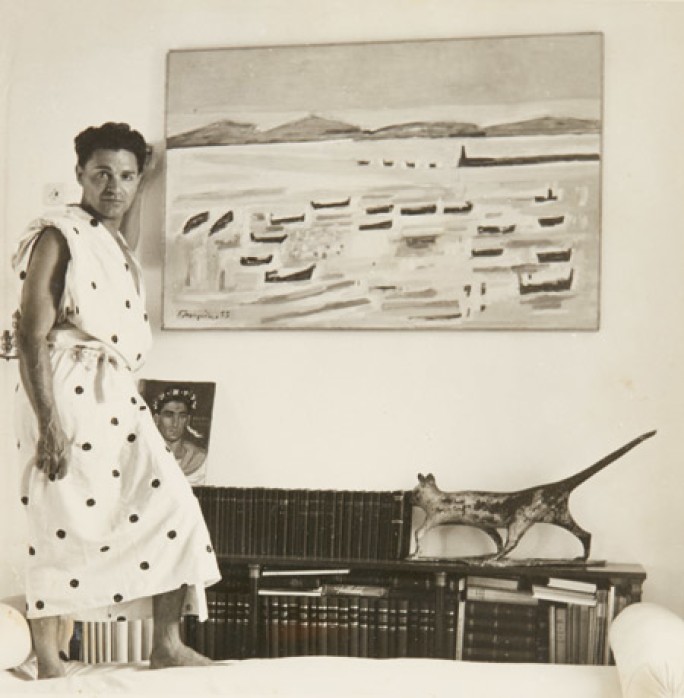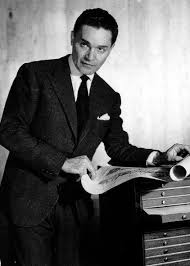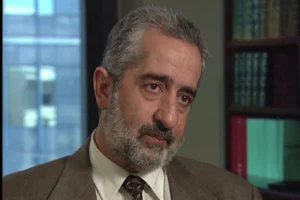For most people, the name Alexander Iolas means nothing, yet the tireless gallerist and collector contributed enormously to the careers of prolific contemporary artists, such as Andy Warhol, Max Ernst and René Magritte, essentially changing the shape of Modern Art.
Born in Alexandria, Egypt in 1908 (although he regularly changed the date) to a wealthy Greek family, Iolas actually named Constantinos Koutsoudis ran away from home at the age of 17, first to Athens and then to Berlin to pursue his dream of becoming a ballet dancer.
He toured extensively in Europe, the United States and Latin America but an injury forced him to give up ballet, after which he turned his focus to the art world. He moved to Paris, eventually settling in New York where became the director of the Hugo Gallery.
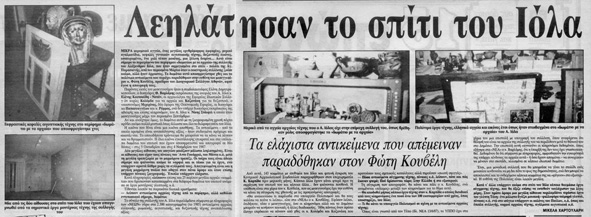
As an art dealer Iolas was a visionary and had no trouble spotting artists who would come to dominate the international world of art. He famously gave Andy Warhol his very first show, and through his network of galleries in New York, Paris, Geneva, Milan, Madrid, Rome and Athens, promoted influential artists such as René Magritte, Lucio Fontana and Claude Lalanne.
Between 1951 and, 1972, Iolas built a 1,300 square meter villa on a 7,000 square meter lot in Agia Paraskevi, a suburb of Athens. The idea of donating his collection to the state and transforming the villa to a museum took shape after the fall of military Junta in 1974. The Prime Minister Konstantinos Karamanlis asked Iolas to assist with the development of Greece’s modern cultural footprint. Iolas responded in no uncertain terms “I will build you, in Greece, the biggest modern art museum in the world.”
However, in the end it all went wrong. Diagnosed with HIV, Iolas’ relationship with his family disintegrated, the Greek tabloids saw an opportunity to belittle him and tarnish his reputation.
Additionally, a public prosecutor brought charges of antique trafficking against him, the charges were eventually dropped when Iolas presented evidence that he was returning antiquities to Greece, however the damage was done. By 1986, Iolas had closed his galleries, he died a year later in 1987, and his villa was sold to a real estate developer.
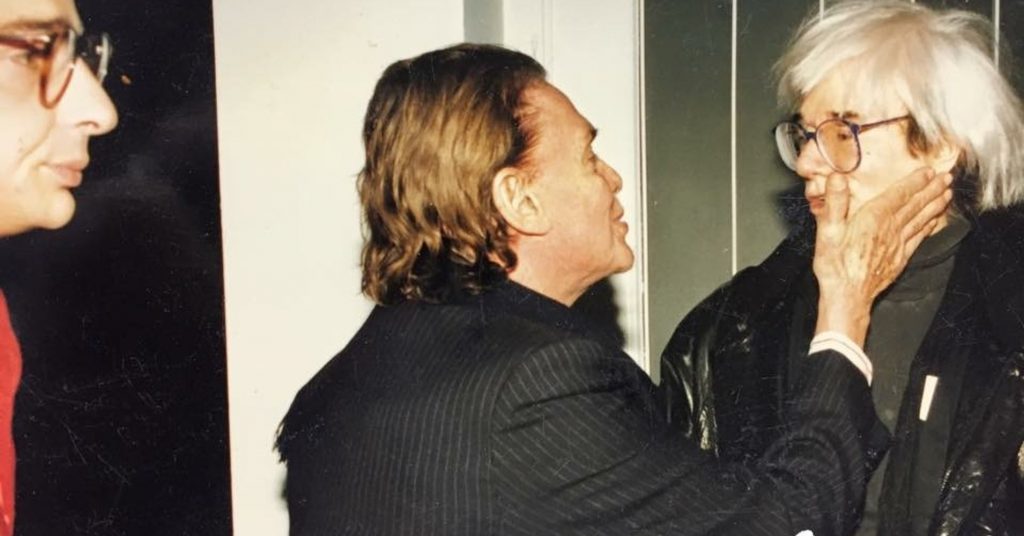
However, in an ironic turn of events the construction plans were halted by the Greek Ministry of Culture which marked the villa as a site of cultural heritage.
Unfortunately, the plans to transform his collection into the envisioned “Alexander Iolas” museum were never acted upon by the Greek government. As a result, the house was abandoned, the collection was looted, and the villa was vandalized.
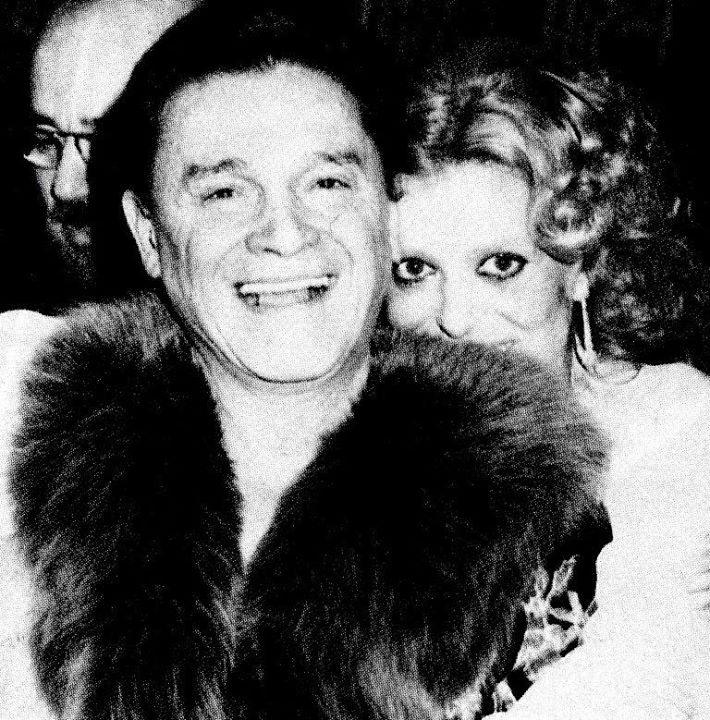
Despite these many setbacks, all is not lost. There are plans underway to restore both the villa and the collection to, if not all then at least some of, their former glory.
In the meantime, it is important to acknowledge the contribution made by one of the key figures in the evolution of Modern Art.
